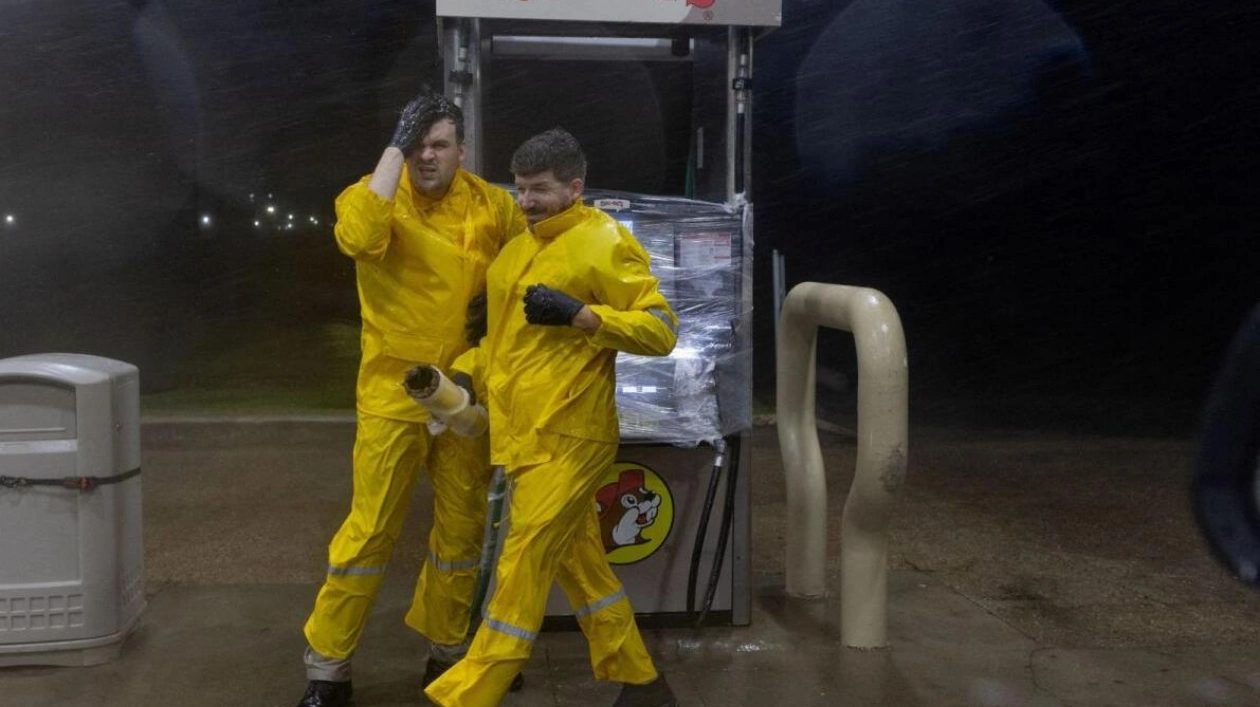Hurricane Beryl made landfall near Matagorda, a coastal town in Texas, early Monday, bringing dangerous storm surges, strong winds, and heavy rain as it moved inland, according to the US National Hurricane Center (NHC). Beryl, the earliest recorded Category 5 hurricane, previously swept through Jamaica, Grenada, and St Vincent and the Grenadines, resulting in at least 11 deaths and significant structural damage. The storm caused major oil port closures, hundreds of flight cancellations, and left thousands of homes and businesses in Texas without power, following warnings of its potential lethality.
Beryl had intensified into a Category 1 hurricane over the warm waters of the Gulf of Mexico before making landfall, but is now expected to rapidly weaken. The NHC predicts Beryl will degrade to a tropical storm later today and further to a tropical depression by Tuesday. As it moves inland, steady to rapid weakening is anticipated.
Located approximately 90km southwest of Houston, Beryl was moving at 19kmph, expected to traverse eastern parts of Texas throughout the day before heading into the Lower Mississippi Valley and then the Ohio Valley on Tuesday and Wednesday. Acting Governor Dan Patrick declared 120 counties disaster areas ahead of the storm, emphasizing its deadly potential for those in its direct path. Schools announced closures, airlines canceled over 1,300 flights, and officials ordered evacuations in several beach towns. PowerOutage.us reported at least 300,000 homes and businesses in Texas lost power.
Resident Gary Short expressed concern over potential flooding, prioritizing rain preparation over other storm impacts. Major oil-shipping port closures around Corpus Christi, Galveston, and Houston could disrupt crude oil exports, refinery shipments, and motor fuel production. Some oil producers, including Shell and Chevron, evacuated personnel from their Gulf of Mexico offshore platforms ahead of the storm.






